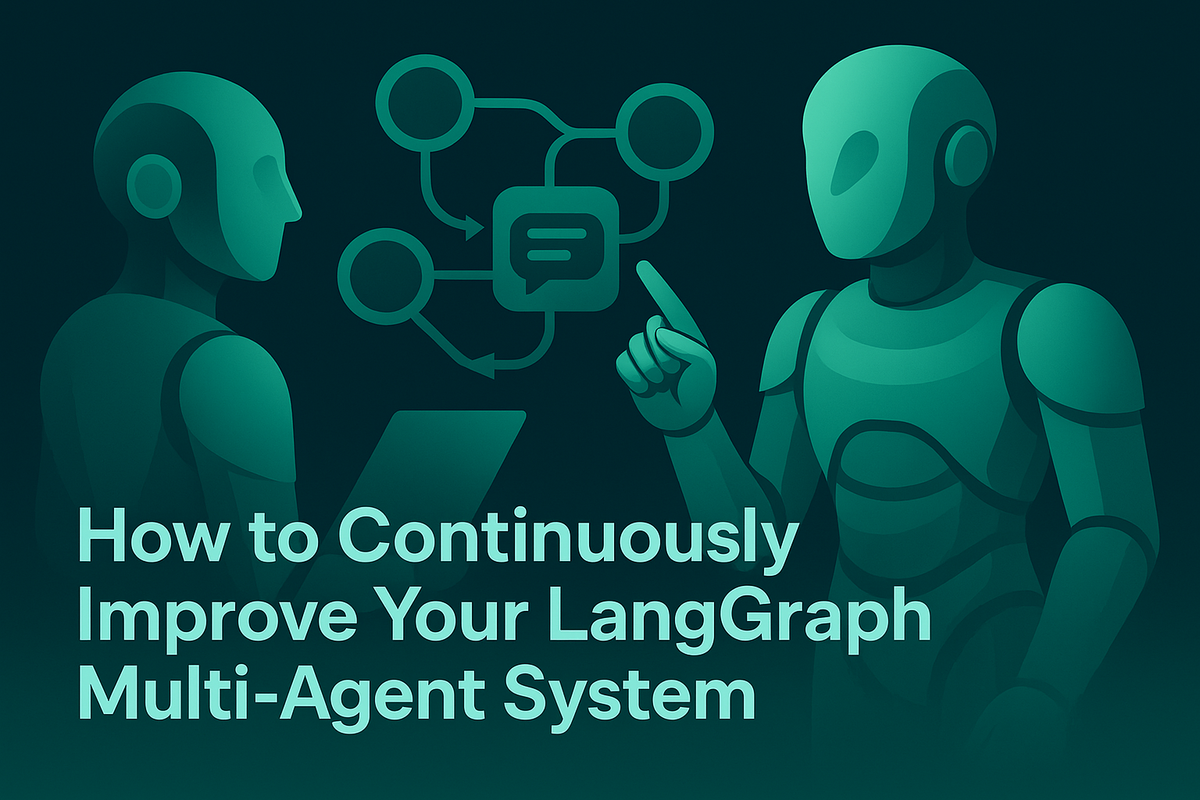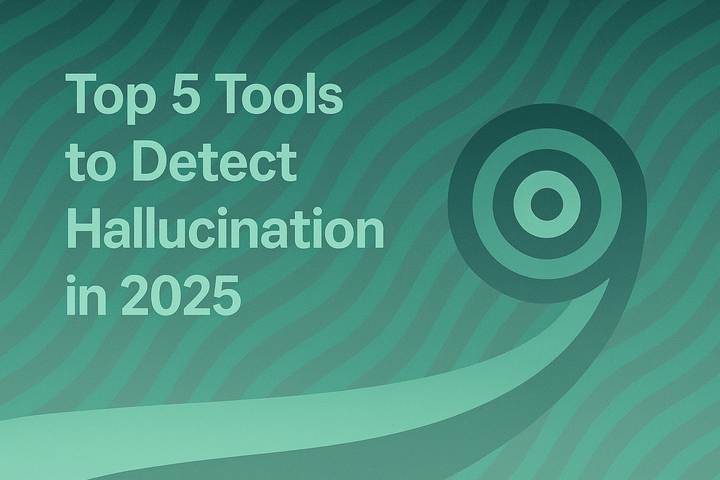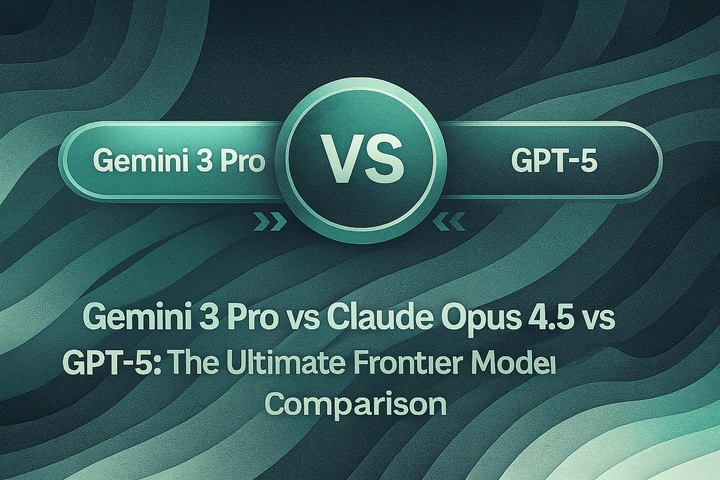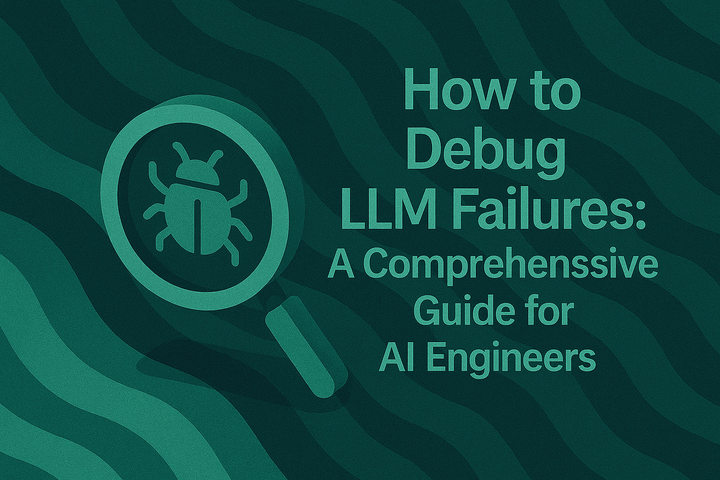How to Continuously Improve Your LangGraph Multi-Agent System

Multi-agent systems are becoming increasingly sophisticated, powering complex workflows across research, customer support, and automation tasks. However, as these systems grow in complexity, understanding their behavior, debugging issues, and optimizing performance becomes significantly more challenging. Without proper observability, teams often struggle to identify bottlenecks, trace errors, and measure improvements across agent interactions.
This is where agent observability becomes essential. By implementing comprehensive tracing and monitoring for your LangGraph agents, you can gain deep insights into agent behavior, identify failure points, and continuously improve your multi-agent system's performance. In this guide, we'll explore how to integrate Maxim AI's observability platform into your LangGraph applications to enable data-driven optimization.
Why Observability Matters for LangGraph Multi-Agent Systems
LangGraph enables developers to build stateful, multi-actor applications with large language models by orchestrating multiple agents that collaborate to complete complex tasks. These agents make decisions, invoke tools, pass messages, and maintain state across multiple execution steps. Without visibility into these interactions, debugging and optimization become nearly impossible.
Key challenges in multi-agent systems include:
- Complex execution paths: Agents follow conditional logic and branching paths that are difficult to trace manually
- Tool invocation failures: External API calls may fail silently or return unexpected results
- State management issues: Message passing and state updates can introduce subtle bugs
- Performance bottlenecks: Identifying which agent or tool call is causing latency issues
- Quality degradation: Detecting when agent responses decline in quality over time
Agent tracing and agent monitoring address these challenges by providing complete visibility into your multi-agent system's execution flow, enabling you to identify issues quickly and measure improvements accurately.
Integrating Maxim AI with LangGraph: Two Approaches
Maxim AI provides flexible integration options for LangGraph applications, allowing you to choose the approach that best fits your codebase. Whether you prefer explicit tracer configuration or decorator-based instrumentation, Maxim supports both patterns with minimal code changes.
Approach 1: Using the LangChain Tracer Without Decorators
The tracer-based approach gives you explicit control over which parts of your LangGraph application are instrumented. This method is ideal when you want granular control over observability or when integrating with existing codebases that may have complex callback structures.
First, initialize the Maxim logger and LangChain tracer:
from maxim import Maxim
from maxim.logger.langchain import MaximLangchainTracer
logger = Maxim({}).logger()
maxim_langchain_tracer = MaximLangchainTracer(logger)
Then, integrate the tracer into your LangGraph agent by passing it through the configuration callbacks:
async def ask_agent(query: str) -> str:
config = {
"recursion_limit": 50,
"callbacks": [maxim_langchain_tracer]
}
async for event in app.astream(input={"messages": [query]}, config=config):
for k, v in event.items():
if k == "agent":
response = str(v["messages"][0].content)
return response
async def handle(query: str):
resp = await ask_agent(query)
another_method(str(resp))
return resp
resp = await handle("tell me latest football news?")
print(resp)
This approach provides agent debugging capabilities by automatically capturing all LangChain and LangGraph execution details, including agent decisions, tool invocations, and message flows. The tracer seamlessly integrates with your existing async workflows without requiring structural changes to your code.
Approach 2: Using Decorators for Automatic Instrumentation
For teams that prefer a more declarative approach, Maxim's decorator-based instrumentation provides automatic tracing with minimal boilerplate. This method is particularly useful for new projects or when you want to instrument entire functions without modifying internal logic.
The decorator approach requires the same initial setup but uses Python decorators to mark functions for tracing:
from maxim.decorators import trace
@trace()
async def ask_agent(query: str) -> str:
config = {
"recursion_limit": 50,
"callbacks": [maxim_langchain_tracer]
}
async for event in app.astream(input={"messages": [query]}, config=config):
for k, v in event.items():
if k == "agent":
response = str(v["messages"][0].content)
return response
@trace()
async def handle(query: str):
resp = await ask_agent(query)
return resp
By decorating your functions with @trace(), Maxim automatically captures execution context, timing information, and nested function calls. This provides comprehensive LLM tracing across your entire agent workflow with minimal code changes.
Both approaches generate detailed traces that appear in the Maxim observability dashboard, where you can analyze agent behavior, identify performance issues, and track quality metrics over time.
Building a Production-Ready LangGraph Agent with Observability
Let's examine a complete example that demonstrates best practices for building an observable multi-agent system. This example showcases a research agent that uses web search tools and multiple LLM providers:
import os
from typing import Literal, Sequence, TypedDict, Annotated
from langchain_anthropic import ChatAnthropic
from langchain_openai import ChatOpenAI
from langchain_community.tools.tavily_search import TavilySearchResults
from langgraph.graph import END, StateGraph, add_messages
from langgraph.prebuilt import ToolNode
# Define agent state
class AgentState(TypedDict):
messages: Annotated[Sequence[BaseMessage], add_messages]
# Configure tools
tools = [TavilySearchResults(
max_results=1,
tavily_api_key=os.environ.get("TAVILY_API_KEY")
)]
# Model selection with caching
from functools import lru_cache
@lru_cache(maxsize=4)
def _get_model(model_name: str):
if model_name == "openai":
model = ChatOpenAI(
temperature=0,
model_name="gpt-4o",
api_key=os.environ.get("OPENAI_API_KEY")
)
elif model_name == "anthropic":
model = ChatAnthropic(
temperature=0,
model_name="claude-3-sonnet-20240229",
api_key=os.environ.get("ANTHROPIC_API_KEY")
)
else:
raise ValueError(f"Unsupported model type: {model_name}")
model = model.bind_tools(tools)
return model
# Control flow logic
def should_continue(state):
messages = state["messages"]
last_message = messages[-1]
if not last_message.tool_calls:
return "end"
else:
return "continue"
# Agent logic
def call_model(state, config):
messages = state["messages"]
system_prompt = "Be a helpful assistant"
messages = [{"role": "system", "content": system_prompt}] + messages
model_name = config.get("configurable", {}).get("model_name", "anthropic")
model = _get_model(model_name)
response = model.invoke(messages)
return {"messages": [response]}
# Build the graph
workflow = StateGraph(AgentState)
workflow.add_node("agent", call_model)
workflow.add_node("action", ToolNode(tools))
workflow.set_entry_point("agent")
workflow.add_conditional_edges(
"agent",
should_continue,
{"continue": "action", "end": END}
)
workflow.add_edge("action", "agent")
app = workflow.compile()
This architecture demonstrates several best practices for production LangGraph agents:
- Stateful execution: The
AgentStateTypedDict maintains conversation context across agent interactions - Multi-model support: The
_get_modelfunction enables A/B testing between different LLM providers - Tool integration: External tools like Tavily search extend agent capabilities
- Conditional logic: The
should_continuefunction implements dynamic routing based on agent decisions
When instrumented with Maxim's observability, this agent provides complete visibility into every execution step, enabling agent evaluation and continuous improvement.
Leveraging Observability Data for Continuous Improvement
Once your LangGraph agent is instrumented with Maxim, you gain access to powerful capabilities that enable systematic improvement:
Real-Time Production Monitoring
The Maxim dashboard provides real-time visibility into production agent behavior. You can track key metrics including:
- Response latency and throughput
- Tool invocation success rates
- Token usage and costs across different models
- Error rates and failure modes
- Agent decision paths and branching logic
This real-time monitoring enables rapid detection of quality issues, allowing teams to respond to production incidents before they impact users significantly.
Automated Quality Evaluation
Maxim's evaluation framework allows you to define custom metrics and run agent evals on production logs. By configuring evaluators at the session, trace, or span level, you can measure quality at every granularity:
- Conversational quality: Assess whether multi-turn interactions maintain context and achieve user goals
- Tool usage effectiveness: Evaluate whether agents invoke the right tools at appropriate times
- Response accuracy: Measure factual correctness and hallucination rates
- Task completion: Track end-to-end success rates for complex workflows
These automated evaluations provide quantitative feedback that guides optimization decisions, enabling data-driven improvements rather than relying on subjective assessment.
Dataset Curation for Fine-Tuning
The data curation capabilities allow you to extract high-quality examples from production logs for evaluation and fine-tuning purposes. By filtering traces based on quality metrics, user feedback, or specific scenarios, you can build targeted datasets that address specific weaknesses in your agent's behavior.
This continuous data collection and curation creates a flywheel effect where production insights directly improve future agent performance.
Debugging Multi-Agent Systems with Distributed Tracing
One of the most powerful aspects of LLM observability is the ability to trace execution across multiple agents and services. In complex LangGraph applications with nested agent calls, tool invocations, and external API interactions, distributed tracing reveals the complete execution flow.
Maxim's tracing captures:
- Agent trajectory: Visualize the exact path your agent took through conditional logic
- Tool invocation chains: See all external API calls, their inputs, outputs, and timing
- State transitions: Track how state evolves across agent interactions
- Error propagation: Understand how failures in one component cascade through the system
This comprehensive visibility dramatically reduces time spent debugging, allowing teams to identify root causes quickly and implement targeted fixes.
Advanced Patterns for Multi-Agent Optimization
As your LangGraph system matures, advanced observability patterns enable sophisticated optimization strategies:
Model Router Optimization
By comparing performance metrics across different LLM providers, you can implement intelligent model routing that balances cost, latency, and quality. Maxim's observability data reveals which models perform best for specific query types, enabling dynamic routing decisions.
Prompt Engineering at Scale
The experimentation platform integrates with observability data to enable systematic prompt optimization. You can version prompts, track performance metrics across versions, and deploy improvements with confidence based on quantitative evidence.
Simulation-Driven Development
Agent simulation capabilities allow you to test agent behavior across hundreds of scenarios before deployment. By combining simulation with production observability, you create a complete testing and monitoring pipeline that catches issues early and validates improvements thoroughly.
Conclusion: Building Reliable Multi-Agent Systems
LangGraph provides powerful abstractions for building sophisticated multi-agent systems, but production reliability requires comprehensive observability. By integrating Maxim AI into your LangGraph applications, you gain the visibility needed to debug issues quickly, measure improvements accurately, and continuously optimize agent performance.
Whether you choose the explicit tracer approach or decorator-based instrumentation, Maxim provides the AI observability foundation necessary for production-grade multi-agent systems. The combination of real-time monitoring, automated evaluation, and data curation enables systematic improvement cycles that compound over time.
Ready to improve your LangGraph multi-agent system? Start your free trial today and experience production-grade observability for your AI agents. For teams requiring enterprise features like custom deployments, SSO integration, or advanced simulation capabilities, schedule a demo with our team to learn how Maxim can accelerate your AI development workflow.


